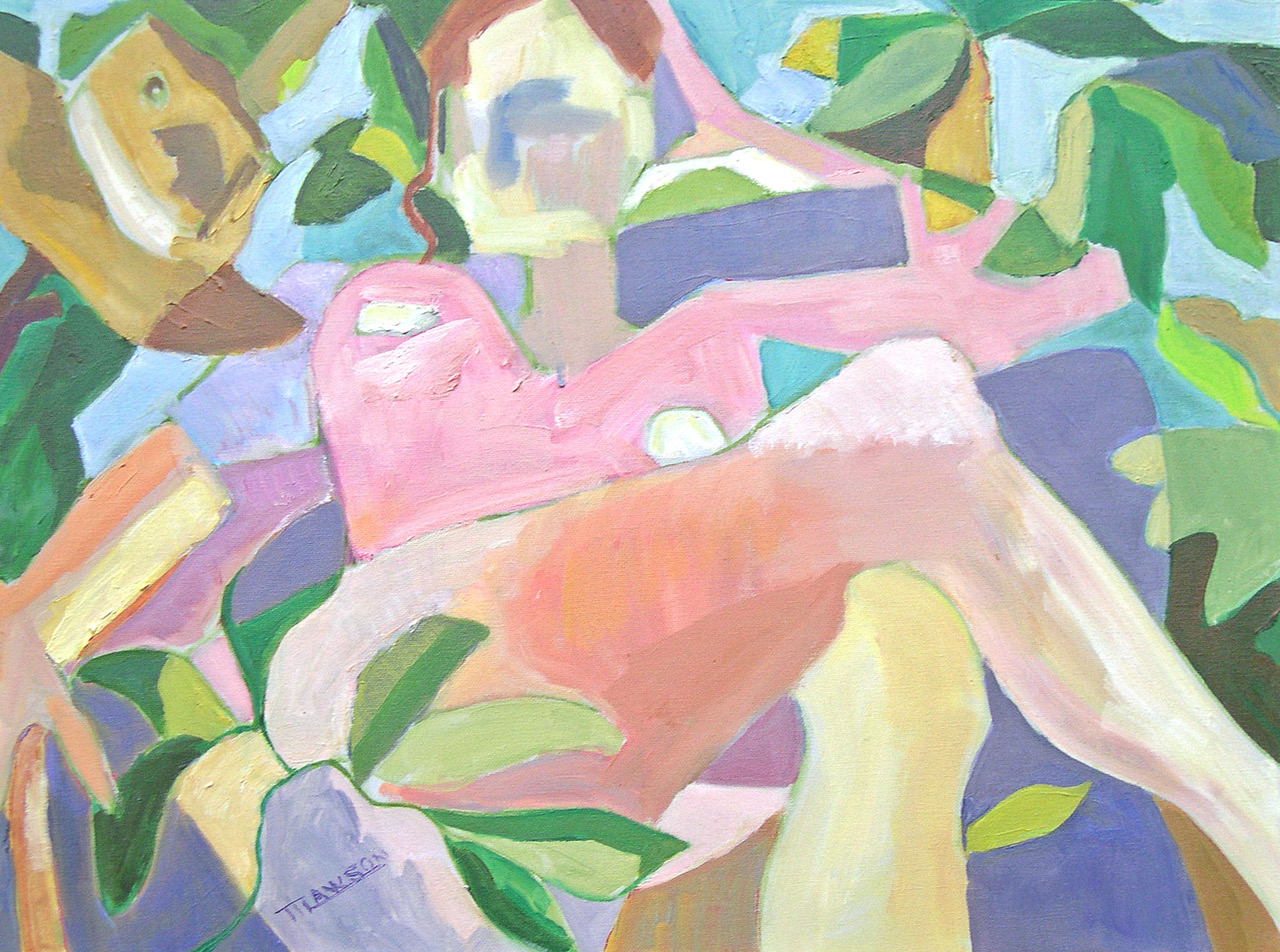Table of Contents
Chapter One
I. Introduction 2
A. Göbekli Tepe: an archaeological epiphany 3
B. The plan of this book 5
C. Two threshold problems 7
1. A working definition 7
2. The mind-body problem 7
II. The relevance of depth psychology 11
A. About Jung 13
B. Inborn faculties 16
Chapter Two
I. From the beginning 20
A. A more flexible mind 24
B. Cognitive-cultural layers 29
II. Mimetic culture 33
III. Homo erectus to Homo sapiens 38
A. A question of beginnings 38
B. Coming forward 41
C. Mirror neurons 43
D. A decisive change 45
E. Mimetic culture and the collective unconscious 47
F. Evolution in archetypes 48
G. The preconscious state 50
H. The formation of myth 53
Chapter Three
I. The Neolithic Revolution 56
A. Breakthrough at Mureybet 58
B. Çatalhöyük 61
II. From the Collective Unconscious, Consciousness 66
A. Archetype and reality 71
B. The Neumann schema 73
1. The Golden Age 75
2. The Great Mother 75
3. The Son-Lover 77
4. The separation of the World Parents 80
5. The hero 81
6. Secondary personalization 82
III. Early history of the divine pair 83
A. Parallel developments 85
1. The pair and agriculture 86
2. Goddess 88
3. The bull’s progress 88
B. The germ of a tale 89
Chapter Four
I. Magic and Sacrifice 92
A. Earlier minds 92
B. The roots of sacrifice 95
C. Magic, an anomaly 99
D. Magic and spirit 102
E. Magic and mimetic culture 105
F. Back to the goddess 108
Chapter Five
I. From magic to religion 112
A. A return to Göbekli Tepe 117
B. Transition 115
C. Were the woman and the bull there? 122
1. Setting the scene 123
2. Why two? 123
3. A decisive factor 125
4. An unbroken chain 138
5. Cultural dispersions 141
D. Awaiting the harvester 143
E. Sacrifice and religion 146
1. Divination 148
Chapter Six
I. Language and mythic culture 150
A. Myth and consciousness 150
B. Attempts to date language 152
C. Mimetic culture and modern humans 154
D. The lead-up to language and mythic culture 156
E. The seeds of change 159
1. An abrupt turnabout 160
2. Niche Construction 165
F. The adaptive push 168
G. The crucial breakthrough: language and myth 172
1. Harder than you think 173
2. Cultural inertia 174
H. Recapitulation 175
II. Evolutionary linguistics 177
A. Pre-Adaptations 177
1. Phonetics 180
2. Syntax 180
3. Semantics 180
4. Pre-pragmatic capacities 181
B. The physical derivation of speech 182
1. Mirror neurons and FOXP2 183
C. The mental derivation of speech 184
1. The profusion of languages 187
2. The spread of speech 188
D. The critical unifying piece 189
Chapter Seven
I. Cultural evolution 195
A. A new reality 195
B. Lineage of an idea 200
C. Replication, transmission, and variation 202
D. Numbers count 205
E. Evolve A different kind of adaptation 208
F. Cultural selection at the group level 212
II. Social Learning 21
A. Cumulative cultural adaptation 216
B. The bootstrap problem 221
III. Gene-culture coevolution 224
A. Culture takes the helm 226
B. Vestigial functioning 227
C. The “myth” in mythic culture 228
D. Metaphysics and science: a gloss 231
IV. A unique evolutionary moment 233
A. Pulling together the threads 236
Chapter Eight
I. Inside the brain box 237
A. Speed, scale, and scope 239
B. The executive suite 241
C. The interplay between consciousness and the unconscious 245
1. Automatization 244
2. Conscious and unconscious coordination 244
D. A gloss on theoretic consciousness 246
II. The autonomy of the unconscious 248
A. Plumbing the depths of the unconscious 251
B. Effort counts 255
C. Quantum consciousness 257
D. Summation 260
